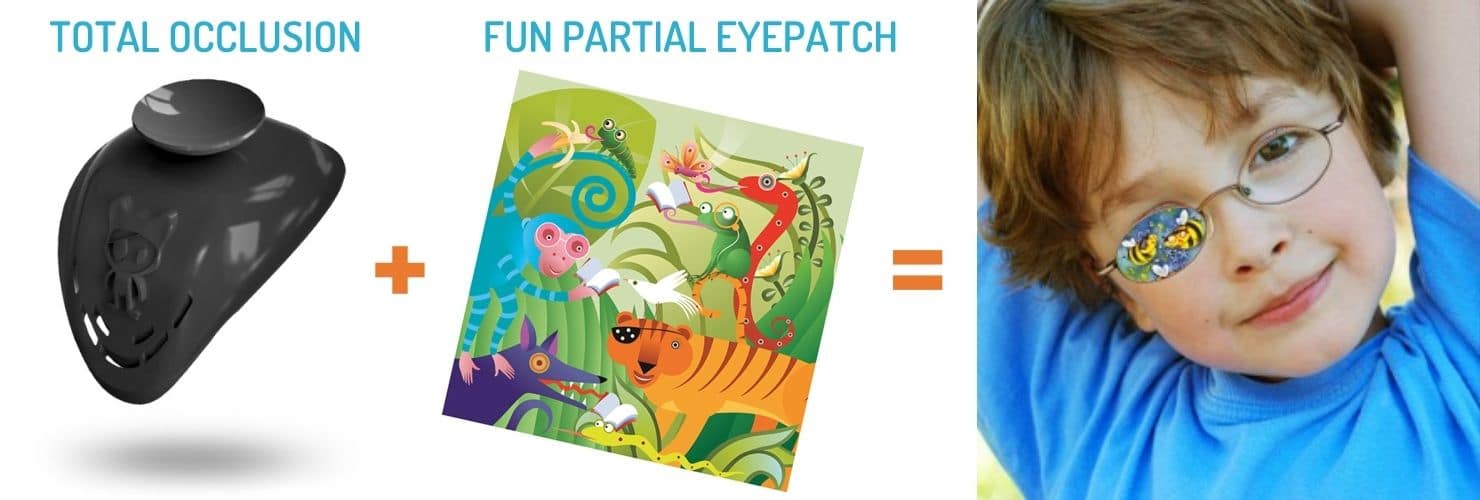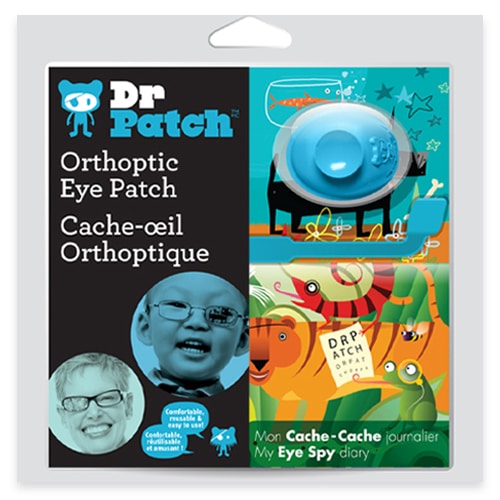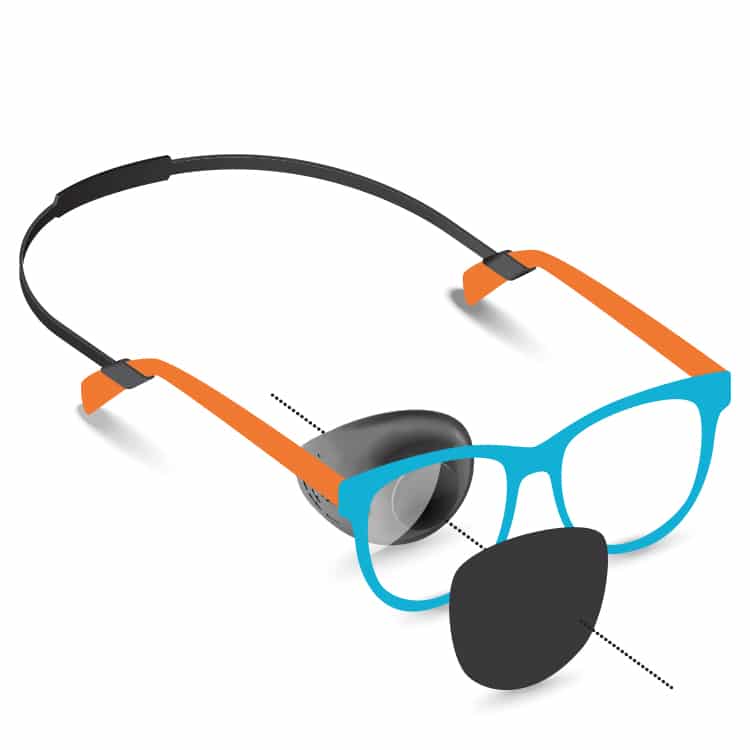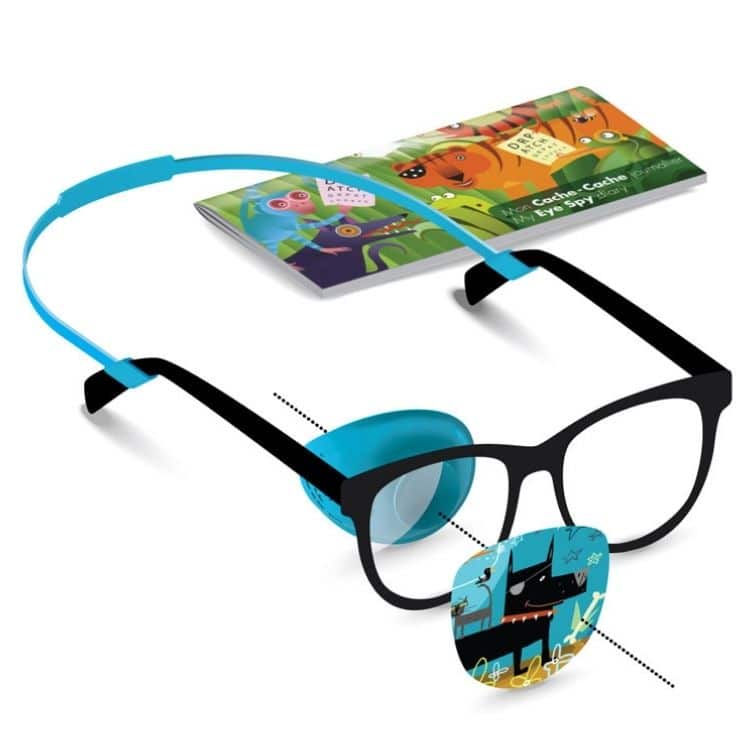What Parents Can Do?
Lazy eye in children is a concern for all parents. You want nothing but for your kids to be happy and healthy in all ways, especially when it comes to their vision.
Known as amblyopia, lazy eye can make you panic when symptoms appear in your child. Having as much information as possible about this condition is the best way to stay calm and to provide the appropriate care for your child.
We gratefully acknowledge the contribution of the good people at www.youreyeguide.co.uk for having written the content of this page.
What is Lazy Eye?
Although you’ve probably heard the term before, a lot of parents don’t know much about the condition itself. To understand the problem, you need to understand a little bit about how vision works.
Our eyes don’t really “see” anything. Instead, they send signals and messages about what is in the environment to the brain, which translates them almost instantly into what we “see” with our eyes. This miraculous process works smoothly most of the time, but it requires a strong connection between the eyes and the brain.
Sometimes that connection is stronger with one eye than the other eye. When that happens, the weaker eye doesn’t focus as much as the other eye so it seems to wander more.
This lack of focus is what gives the condition the common name of “lazy eye.” If left untreated, the weaker eye’s signals could eventually be ignored completely by the brain thus significantly reducing your child’s vision in that eye.
Causes of Lazy Eye
While it might not offer much comfort when you’re worried about your child’s future vision, Lazy eye in children is the most common vision problem. About 3% of all children develop lazy eye.
One of the reasons lazy eye is so common is there are a number of different possible causes. One of the most common is strabismus, where the the muscles behind the eye, which control how they turn and move, become imbalanced.
If one muscle is stronger than the other, the eyes aren’t going to work together the way they should. This might cause them to cross or to move in different directions.
Sometimes Lazy eye in children is caused when there is a structural problem with the eye. For example, a cataract can cause lazy eye even if it’s corrected surgically.
What happens is the brain realises something is causing that eye to be impaired so it starts ignoring its signals and focusing solely on the other eye. After the cataract is fixed, the brain may not realize the vision in the affected eye has improved so it continues to ignore the messages it sends.
Because anything that disrupts a child’s vision in one eye, including an injury or a drooping lid, during the first six years of life, can lead to lazy eye, it is important to protect their eyes and watch for signs of vision problems.
Signs You Should Watch For
Parents sometimes don’t notice the symptoms of a lazy eye for a long time. Because the condition usually only affects one of your child’s eyes, it might not make a difference in his or her vision right away. There are some things to watch for, however, that can help you recognise the problem sooner.
First, watch your child’s eyes as he or she focuses on an object. Does one of the eyes tend to wander while the other one stays focused on the object? Do the eyes seem to be working separately instead of together? This could be an indication of a lazy eye.
Second, evaluate your child’s depth perception. Hold an object away from your child and ask him or her to reach for it without moving forward. If your child’s depth perception is normal, this should not be a problem. If he or she does not reach far enough or seems to be fumbling in mid-air to grab it, this could indicate a depth perception problem.
Depth perception is important because it requires both eyes to be working well. Otherwise, you won’t be able to judge distance very well. This could indicate lazy eye.
Third, if your child’s eyes cross frequently, this might be a sign of problems. Eye crossing is a different problem but because it is caused by differences in the muscles controlling the eyes it can lead to lazy eye.
You can also take pre-emptive measures and have your child’s eyes evaluated by an optician, yearly. Lazy eye in children can usually be diagnosed with the visual acuity test used by optometrists.
How To Treat Lazy Eye In Children
Lazy eye treatments can vary depending on the cause of the problem and its severity. The most common approach is to artificially weaken the strong eye in order to force the brain to start listening to the weaker eye’s messages.
In some cases, your child may be asked to wear a patch over the stronger eye or you may need to put eye drops into that eye to cause it to blur.
Because Lazy eye in children can sometimes be caused by vision problems in the weaker eye, such as nearsightedness or astigmatism, correcting these problems with eye glasses can sometimes be all it takes to correct the problem and improve your child’s vision.
If the muscles are the problem or if your child has a cataract, surgery will normally be the treatment used. These surgeries are very routine and are safe, plus they usually provide fast vision improvement.
Your Child’s Future Eyesight
The success of treatment for your child will depend on how early the problem is detected. Children under the age of two who go through treatment typically have the best results.
However, research has shown treatment can provide positive results in children up to teenage years. After that age, not much is known about whether or not treatment will make any major improvements and studies have not shown any significant benefits.
Clearly, early detection is imperative for your child’s future eyesight. Further information on children’s eye tests and lazy eye in children, can be found at Your Eye Guide.
Again, we gratefully acknowledge the fine work of the people at www.youreyeguide.co.uk who wrote the content of this page.







